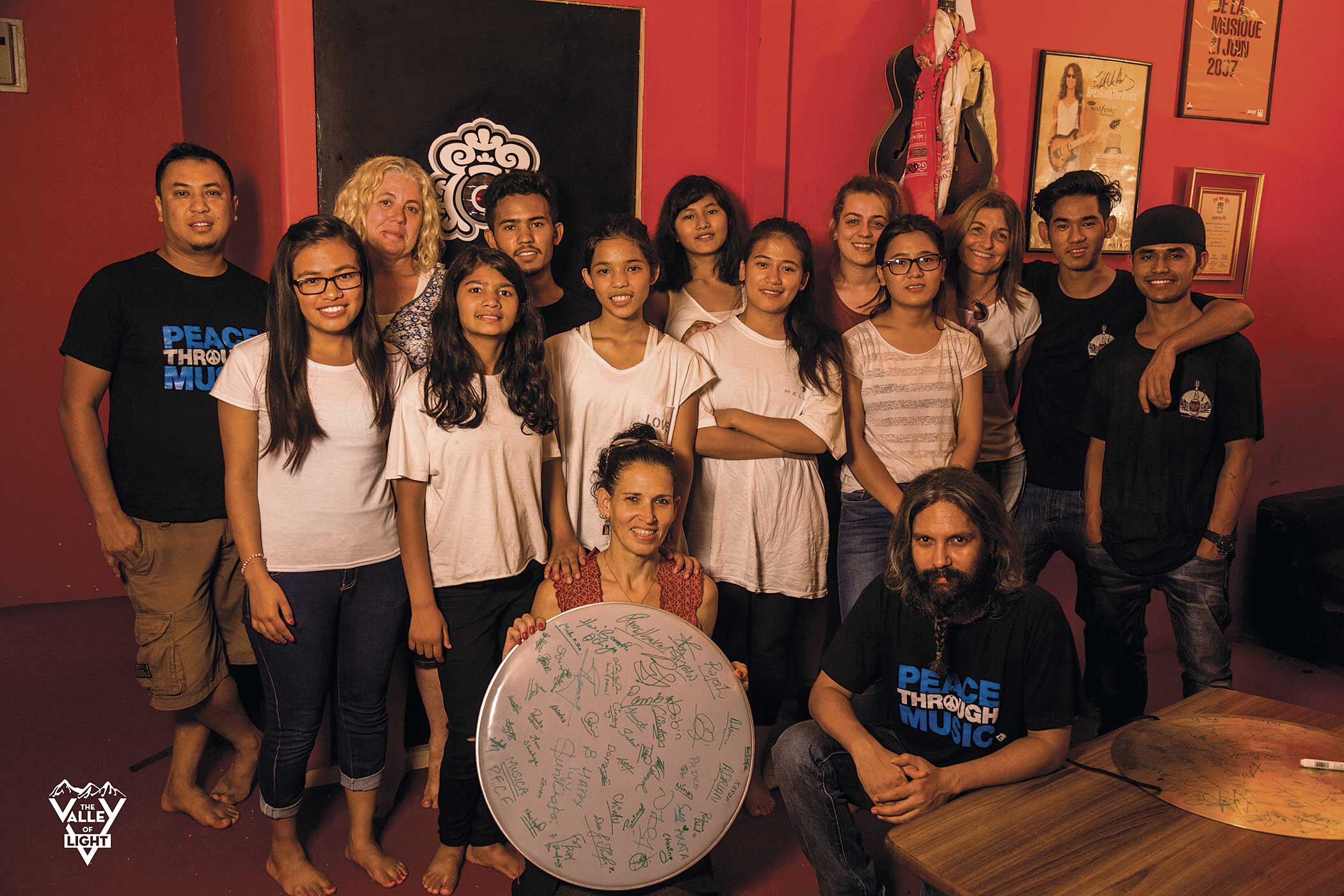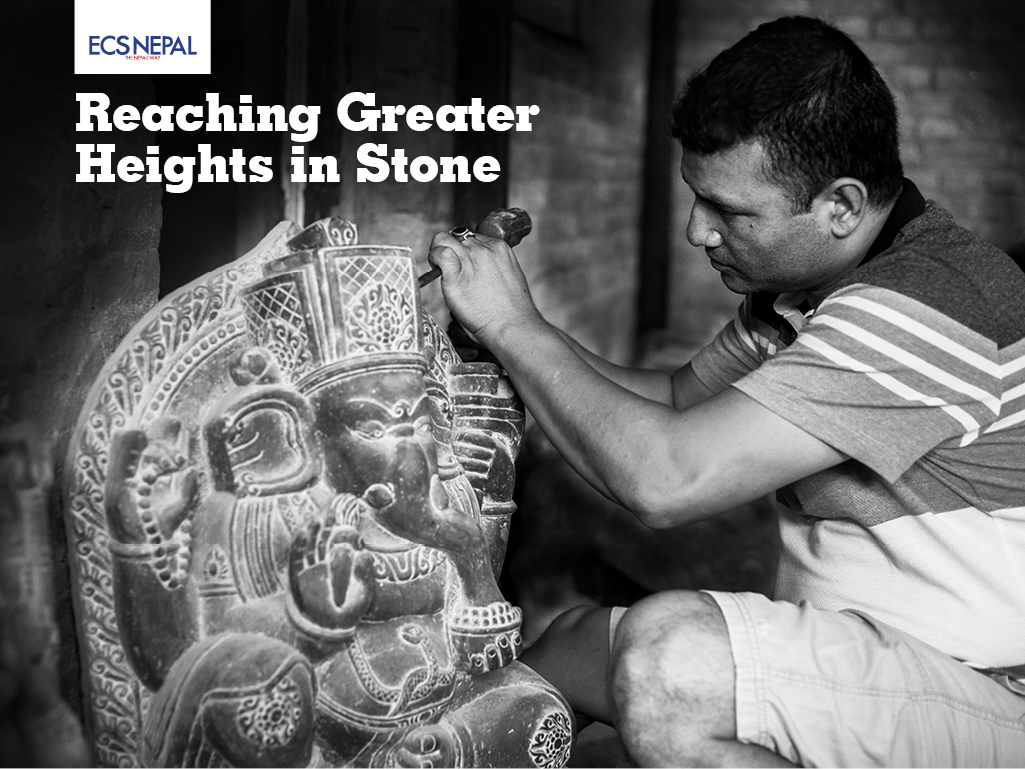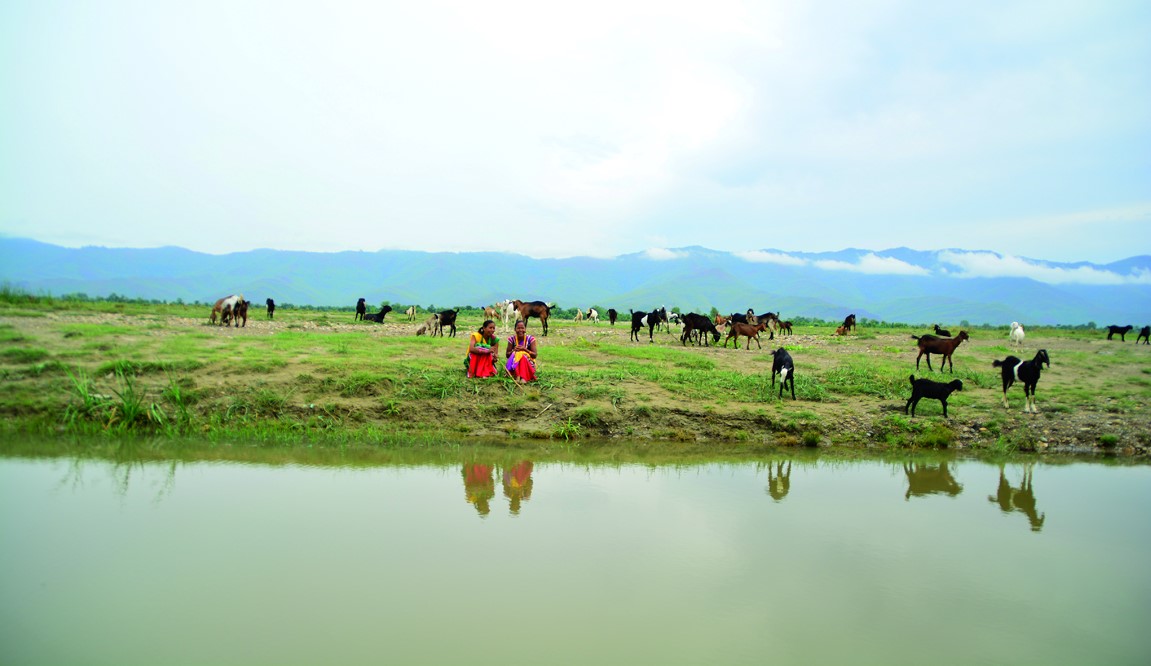
Patan is famous for many things and among them is a fine work of art in stone. Although there are two Krishna mandirs in the Patan Durbar Square, it is the one in front of the Patan Museum that hogs the limelight and deserves all the accolades heaped on it. Built by Siddhi Narasingha Malla and completed in 1637, the entire shikhara structure is made of stone and is one of the finest works by Newar artisans. The stonework is of the highest quality and speaks volumes for the skills of the 17th century valley dwellers.
The first three floors have what is known as chattri pavilions and open colonnaded sides beside which devotees can circumambulate with ease. On the walls, both inside and outside this superb temple are finely carved stories from the Hindu epics; Mahabharata on the first floor and Ramayana on the second. A golden garuda, Krishna’s vehicle on a tall stone pillar, faces the temple. This Krishna mandir becomes the focus of worship during Krishna Janmastami when hordes of devotees descend here from around the valley, singing his praise and laying offerings to celebrate his birthday.
Temples of stone are rare, and the Krishna mandir lies in the midst of brick pagoda temples in the Durbar Square. The few that are found around the valley are of inferior quality, and none have the fine carvings that tell stories. Krishna is one of the incarnations of Vishnu and is often depicted playing the flute and accompanied by Radha. Ram, Narayan and Krishna are the three very popular incarnations of Vishnu.











